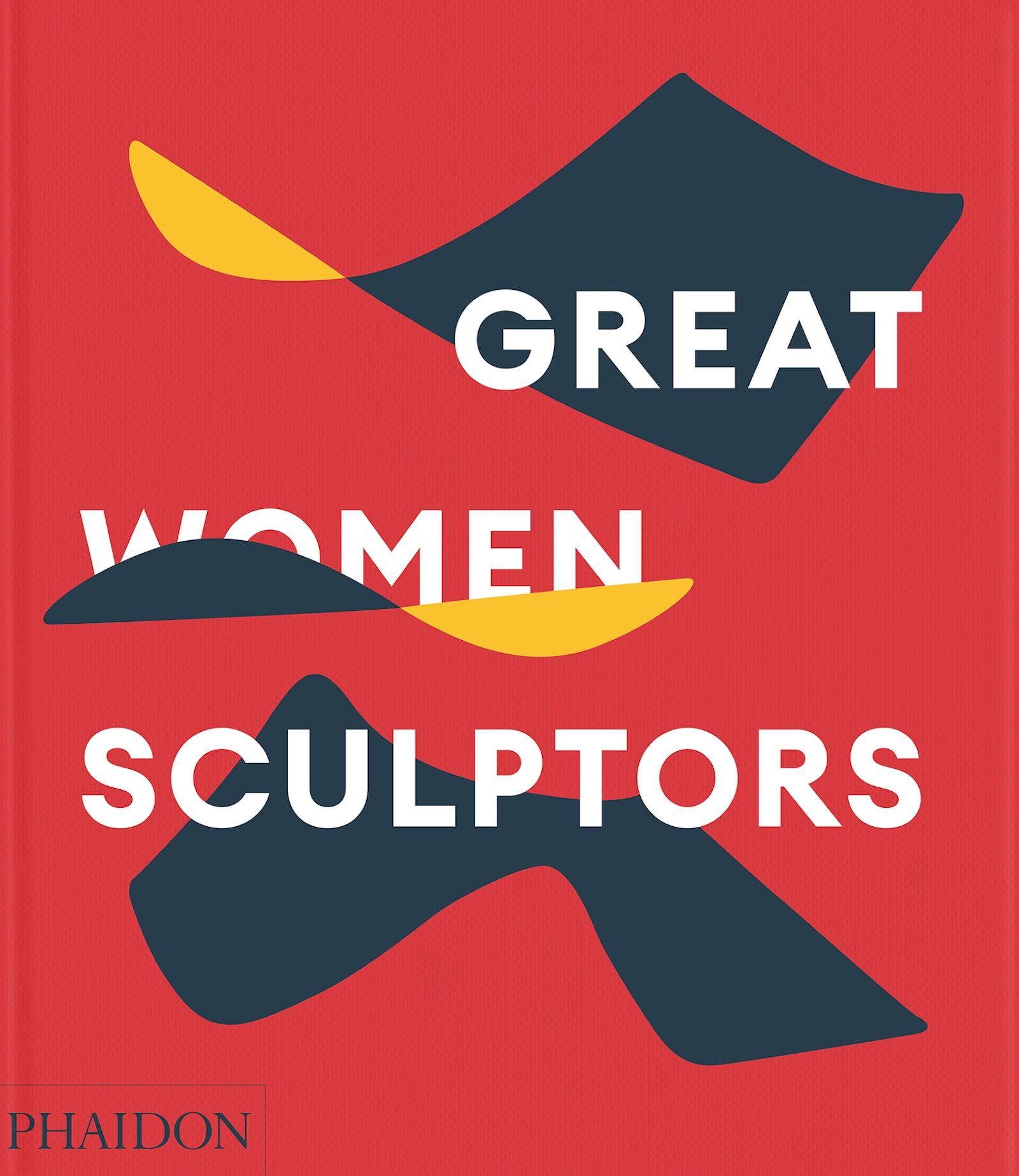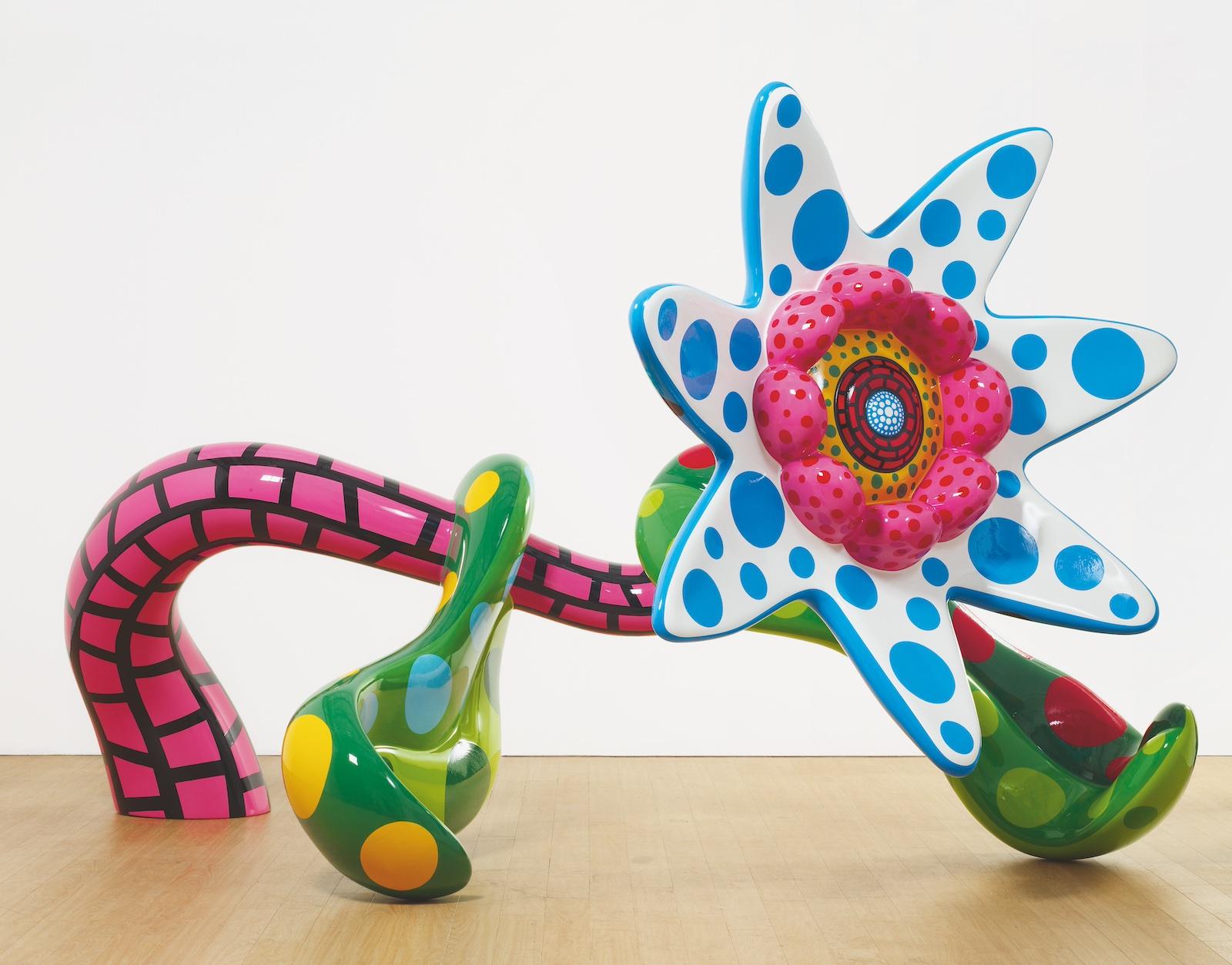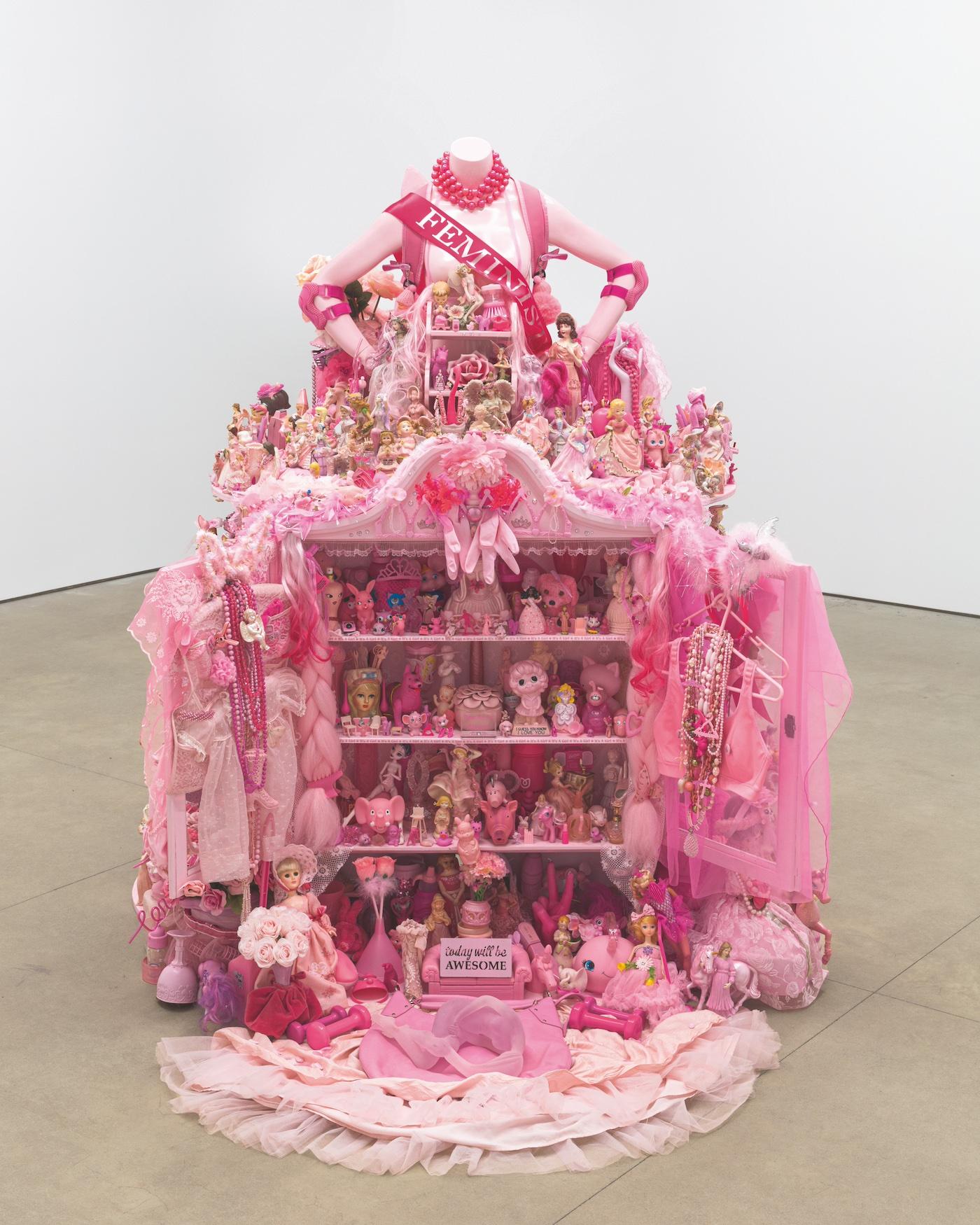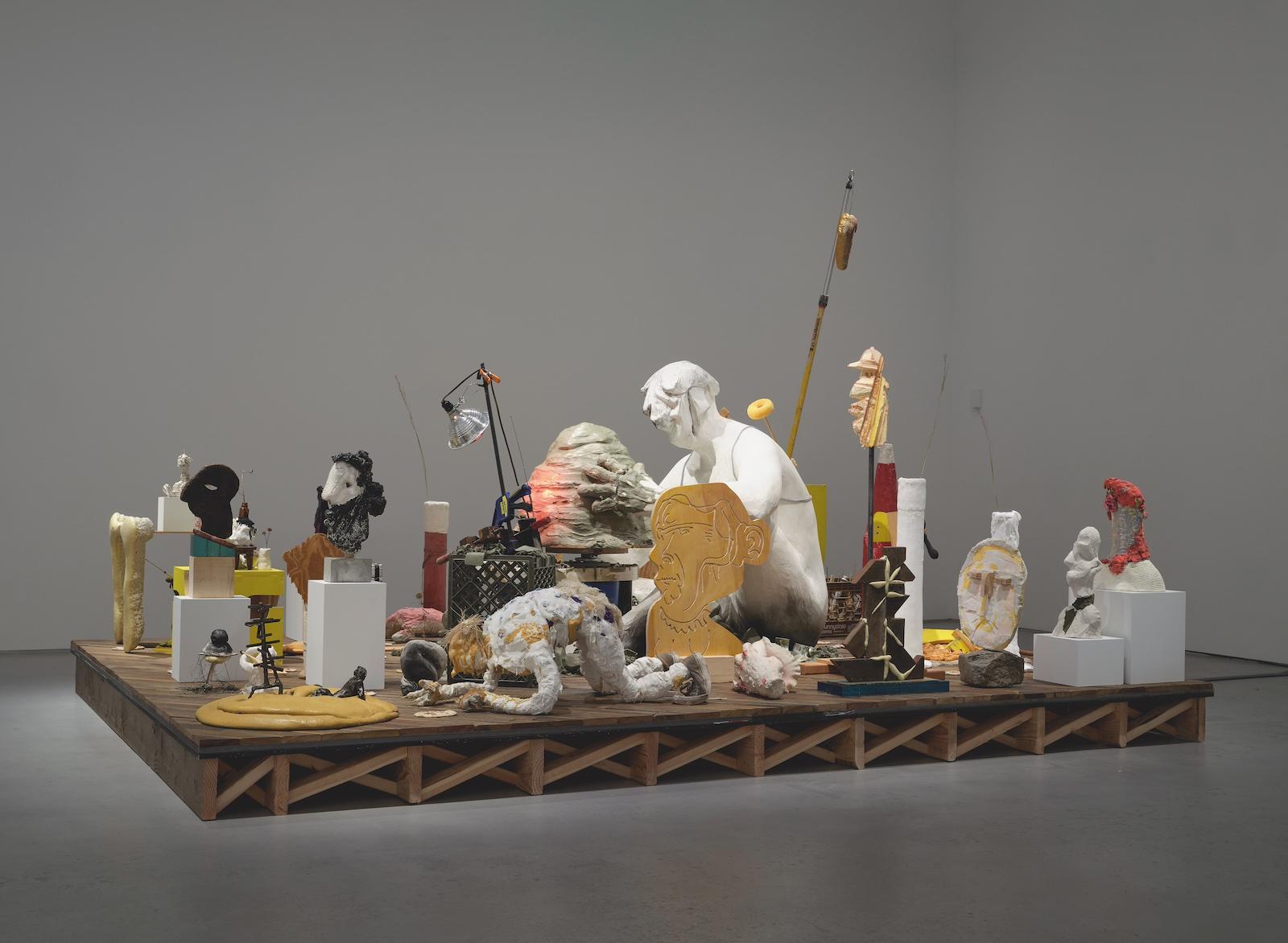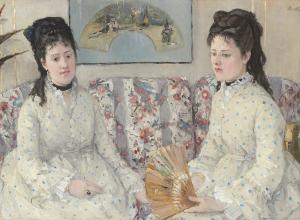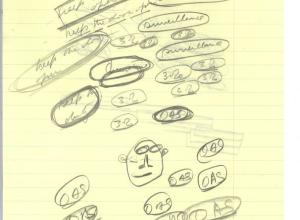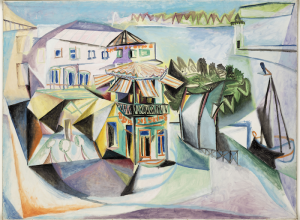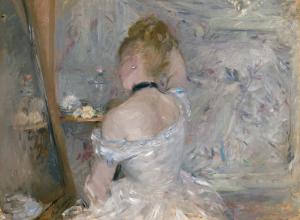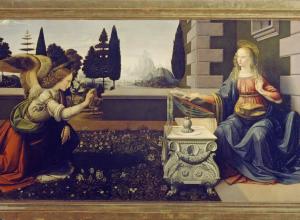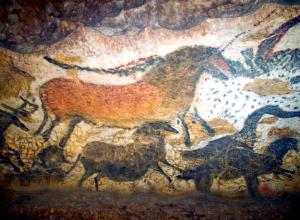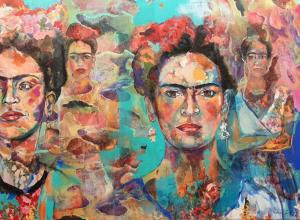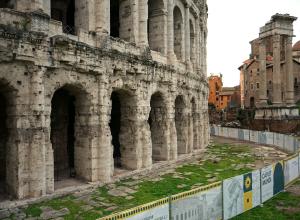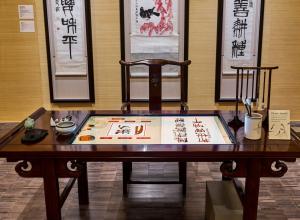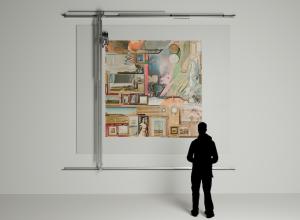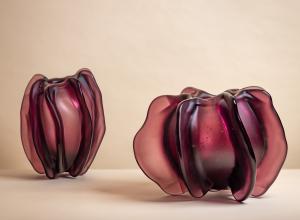The book looks at all types of sculpture and does not discriminate nor define what sculpture is based on medium or scale. There are human figures, flora and fauna, conglomerates of smaller shapes to form a larger shape, and artists from Yayoi Kusama—the highest paid living artist— to the conceptual mastermind that is Alicja Kwade, who makes sculptures that play with scale, weight, stone, and reflective surfaces.
While women still make up roughly 3-5% of major permanent collections in the U.S. and Europe, this book not only shines a light, but drastically illuminates 300 female sculptors spanning 500 years. Why this is so exciting is because it is 2024 and not many names of these artists fall on the tongues of the public, nor even art world luminaries. Lest we forget that 500 years ago is 1524!
An artist whose name is perhaps the most well-known globally is Artemisa Gentileschi who lived from 1593-1653 and was not a sculptor but a painter during the Baroque period.





